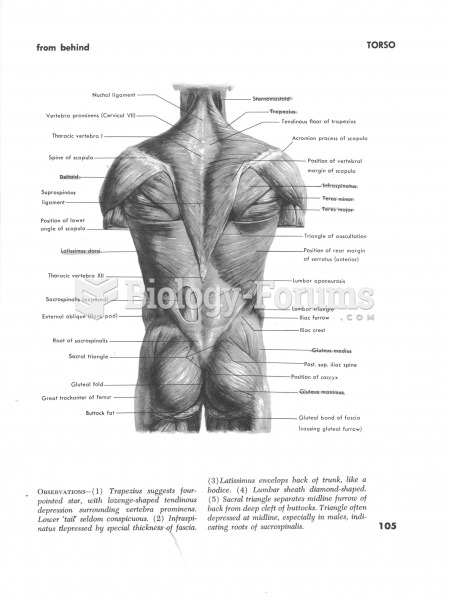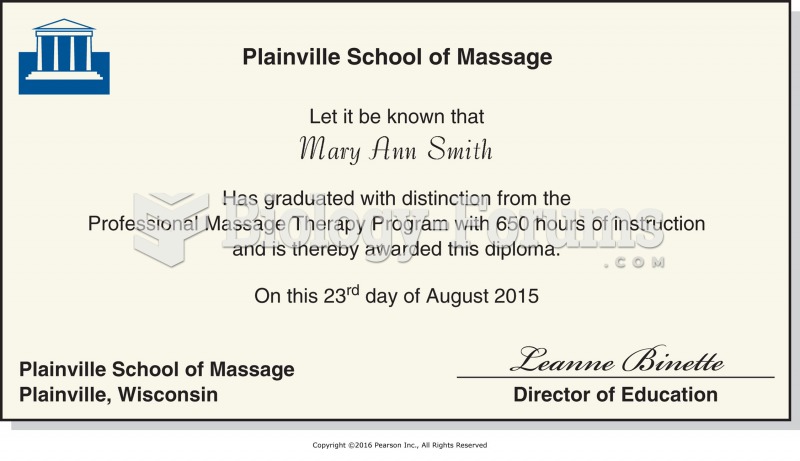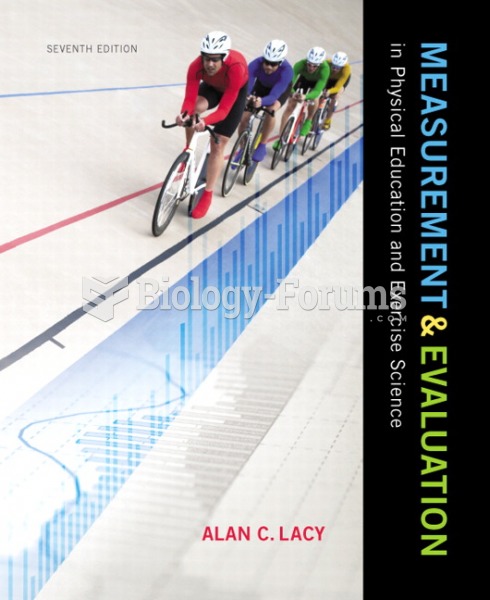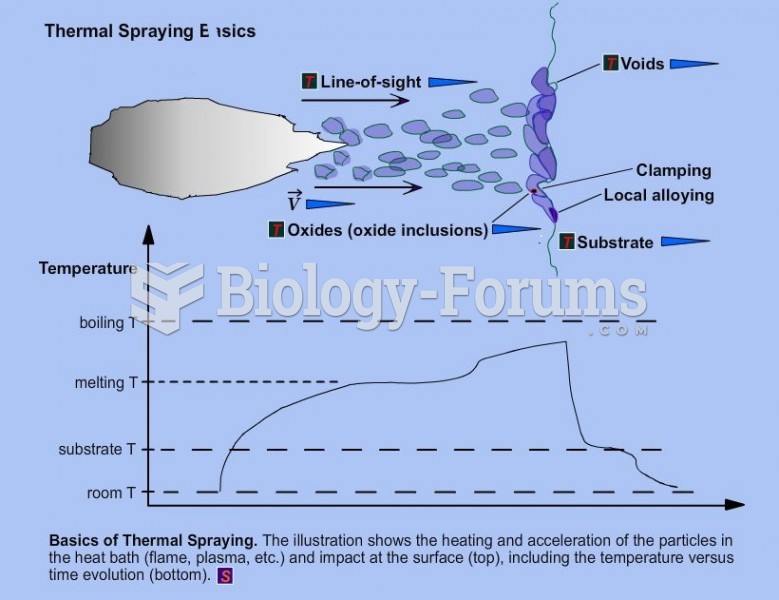Answer to Question 1
In the past five decades, there is a focus on the decline in academic achievement, and school systems are returning to stiffer academic programs. In fact, many of the requirements for basic academic courses that were dropped in the 1960s and early 1970s have been reinstated. There has been a move toward teaching basic skills (reading, writing, and arithmetic) and away from teaching electives (sociology, psychology, or specialized areas of literature and history). As part of this movement, children are also taught to respect authority, be patriotic, and lead moral lives. Some schools have reestablished strict dress codes and sought to curb unconventional behavior. Consistent with the back-to-basics movement, Congress passed, and President George W. Bush signed, a bill in 2002 that requires all states to test students in the third through the eighth grades annually in math and reading.
At the same time, a critical thinking movement is taking place, which focuses on developing the thinking capacities of students. This approach encourages students to make observations and to critically analyze issues. It stresses class discussions and downplays lectures, emphasizes critical analysis over rote learning, and advocates assessing student understanding through use of essay tests rather than objective tests. In some ways, the critical thinking movement conflicts with the back-to-basics movement. The latter places greater emphasis on learning and remembering facts; the former asserts that memorizing is much less important than developing thinking capacities. The critical thinking movement has fueled the expansion of advanced placement classes where students can receive some college credit while still in high school.
Answer to Question 2
C







